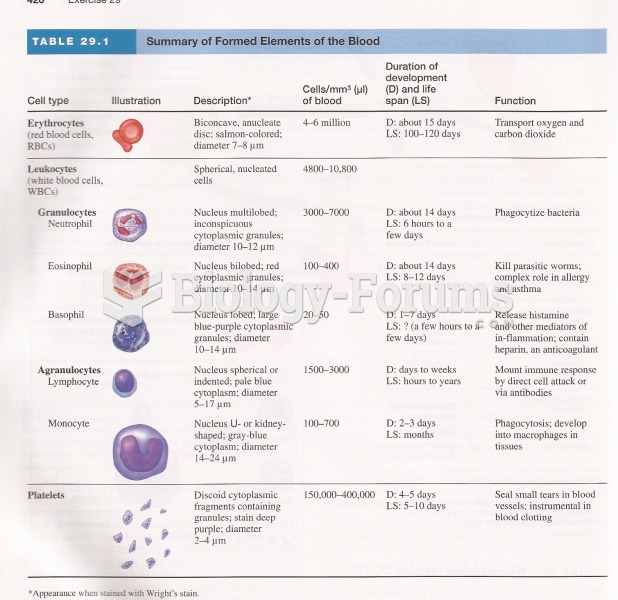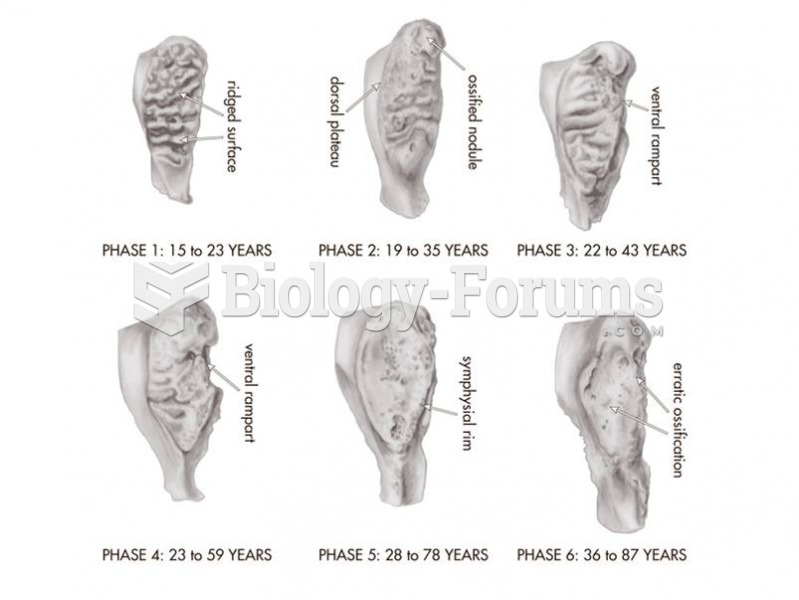Answer to Question 1
ANS: In Allport's view, the healthy personality changes and grows from being a biologically dominated organism in infancy to a mature psychological organism in adulthood. Our motivations become separated from childhood and are oriented toward the future. If our childhood needs for affection and security have been met, the proprium will develop satisfactorily. The adult personality grows out of childhood and is no longer dominated or determined by childhood drives.
Allport described six criteria for normal, mature, emotionally healthy adult personalities:
1. Mature adults extend their sense of self to people and activities beyond the self.
2. Mature adults relate warmly to other people, exhibiting intimacy, compassion, and tolerance.
3. The high degree of self-acceptance of mature adults helps them to achieve emotional security.
4. Mature adults hold a realistic perception of life, develop personal skills, and make a commitment to some type of work.
5. Mature adults have a sense of humor and self-objectification (an understanding of or insight into the self).
6. Mature adults subscribe to a unifying philosophy of life, which is responsible for directing the personality toward future goals.
By meeting these six criteria, adults can be described as emotionally healthy and functionally autonomous, independent of childhood motives. As a result, they cope with the present and plan for the future without being victimized by what happened to them in their early years.
Answer to Question 2
ANS: Allport described the nature and development of the proprium over seven stages from infancy through adolescence. They are as follows:
1. Bodily self: In this stage, infants become aware of their own existence and distinguish their own bodies from objects in the environment.
2. Self-identity: Children realize that their identity remains intact despite the many changes that are taking place.
3. Self-esteem: Children learn to take pride in their accomplishments.
4. Extension of self: In this stage, children come to recognize the objects and people that are part of their own world.
5. Self-image: Children develop actual and idealized images of themselves and their behavior and become aware of satisfying (or failing to satisfy) parental expectations.
6. Self as a rational coper: Children begin to apply reason and logic to the solution of everyday problems.
7. Propriate striving: Young people begin to formulate long-range goals and plans.
Adulthood: Normal, mature adults are functionally autonomous, independent of childhood motives. They function rationally in the present and consciously create their own lifestyles.
Stages 13 emerge during the first three years. Stages 4 and 5 emerge during the fourth through sixth year. Stage 6 develops during ages 612. Stage 7 develops during adolescence.







